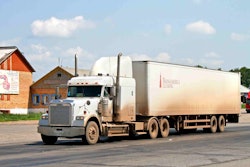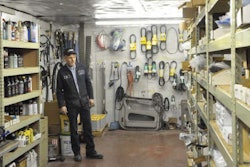This story is part of a four-part series on how the recession, changing regulations and evolving equipment have changed equipment trade life cycles for fleets. Click here to see all of the stories.
The alchemy of equipment life and trade cycles has driven more than one fleet manager to despair over the past century of trucking. In the good old days, a bottle of whiskey tucked down in a desk drawer helped determine when the timing was right to buy or sell trucks and trailers.
In today’s professional industry, that cavalier approach obviously is a no-go. But the angst of “getting it right” when it comes to establishing a viable equipment lifecycle policy remains.
Pulling the trigger on buying and selling expensive assets such as trucks, tractors and trailers relies on many factors out of a fleet’s control. Fuel prices, the economy, freight demand, driver availability, competition, customer preferences, maintenance costs, downtime, used truck prices and acquisition costs are just a few of the many factors that come into play when considering vehicle life and liquidation and acquisition procedures.
That’s why for many fleet managers, the move to act may feel like a gut decision – even after weighing all the pertinent factors that are supposed to show the right way to go.
Smart fleet managers know that trade and lifecycle plans are not carved in stone. They are living, breathing things that need to be adaptable and ready to respond easily to unforeseen market forces.
For many fleets, the economic collapse in 2007 and 2008 was a controlled-panic situation, with upper management directing maintenance operations to batten down the hatches and ride out the downturn by pushing asset life out as far as possible. New truck purchases were scaled back dramatically or put on hold indefinitely.









